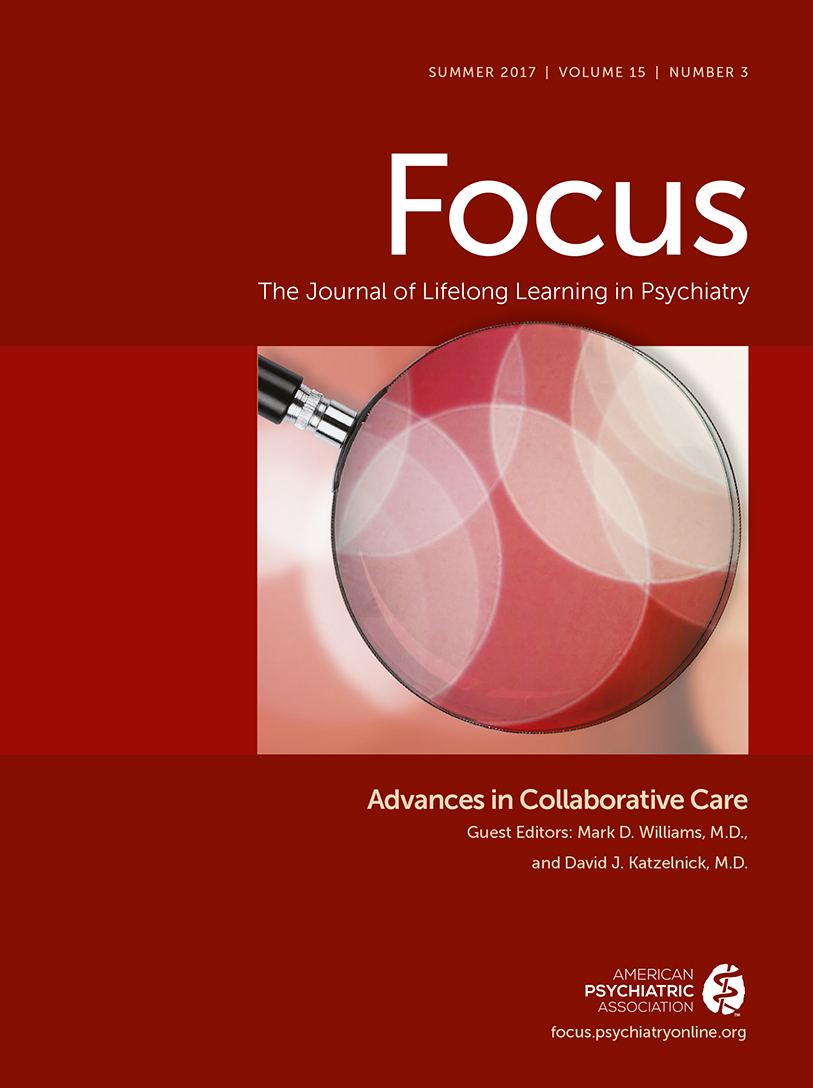Integrated Behavioral Health in Pediatric Primary Care
Abstract
There are multiple barriers to accessing high quality, evidence-based behavioral health care for children and adolescents, including stigma, family beliefs, and the signficant paucity of child and adolescent psychiatrists. Although equal access continues to be an unmet need in the USA, there is growing recognition that integrated behavioral health services in pediatric primary care have the potential to reduce health disparities and improve service utilization. In a joint position paper, the American Academy of Pediatrics (AAP) and the American Academy of Child and Adolescent Psychiatry (AACAP) highlighted the multiple benefits of children receiving initial behavioral health screening, assessment, and evidence-based behavioral health treatments in the medical home. The purpose of this paper is to review the current state of the literature related to integrated behavioral health services in pediatric primary care. Specifically, innovative models of integrated behavioral health care are discussed.
(Reprinted with permission from Current Psychiatry Rep (2016) 18: 106)



